Congruent triangles are triangles that have the same size and shape, with corresponding sides and angles equal in measure, representing identical configurations when overlapped or superimposed.
Geometric shapes are everywhere around us. They are in buildings, our smartphones, laptops, and even our foods.
In particular, congruent triangles are an important part of our lives.
We’re not just talking about applying the concept to solving mathematical problems or designs on paper but physical objects that we encounter every day.
In order to identify congruent triangles in real life, it’s important to understand what they are.
When two triangles have the exact same size and shape, they are said to be congruent.
Triangles don’t have to be in the same position or orientation to be congruent. They only have to be the same size and shape.
They can therefore be congruent through different rotations, in reflection, or translations.
Let’s explore 10 examples of congruent triangles in real life:
1. Triangular Tiles
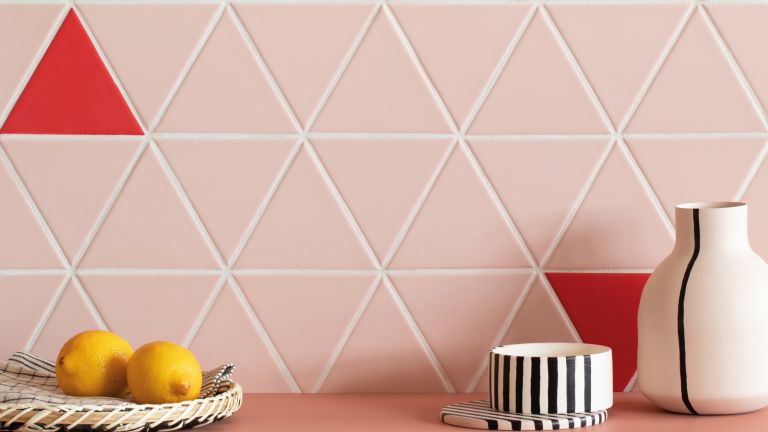
Ever noticed triangular tiles arranged to form patterns on bathroom floors or kitchen backsplashes?
These patterns are formed by triangular tiles that are the same size and shape.
While the tiles may be rotated in different directions to achieve a pattern, they are congruent as they are still the same size and shape.
2. The Star of David
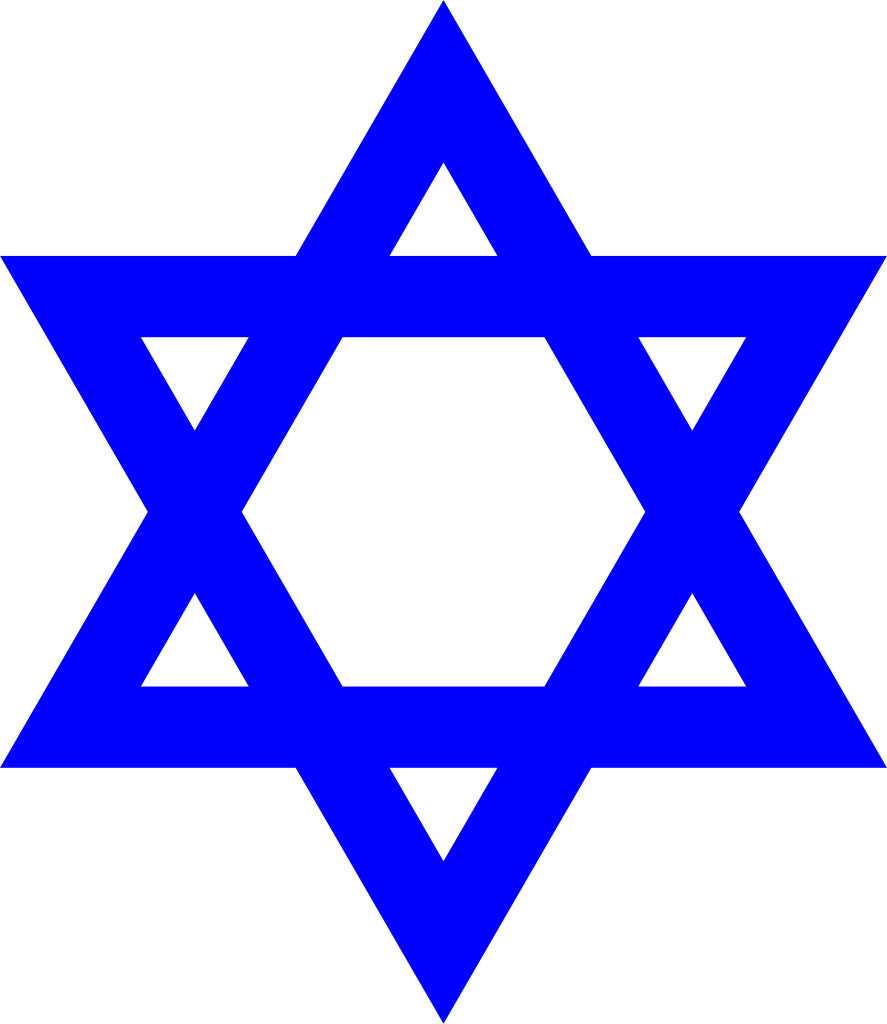
The Star of David is a common symbol. It consists of two equilateral triangles. One triangle is right side up and the other is upside down. They are overlaid to form a six-pointed star.
These two triangles, though rotated to face different directions, are the same shape and size. They are therefore congruent triangles.
3. Tall Buildings

Many buildings around us feature congruent triangles in their structure. This is especially the case in large and tall buildings such as skyscrapers.
These triangles are a necessary part of the structure of the building. They are included to make the structure rigid. They help distribute the weight of the building more evenly and reinforce it against external forces such as strong winds.
4. Truss Bridges
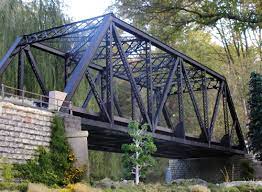
Truss bridges are a great real life example of the application of congruent triangles in the construction industry.
The supporting structure of these bridges features steel beams laid out to form equilateral triangles.
This pattern allows for even distribution of weight. The triangles formed by the steel beams are equal in size and shape throughout the structure to ensure that the structure remains rigid and strong.
These triangles are congruent.
5. Geodesic Dome
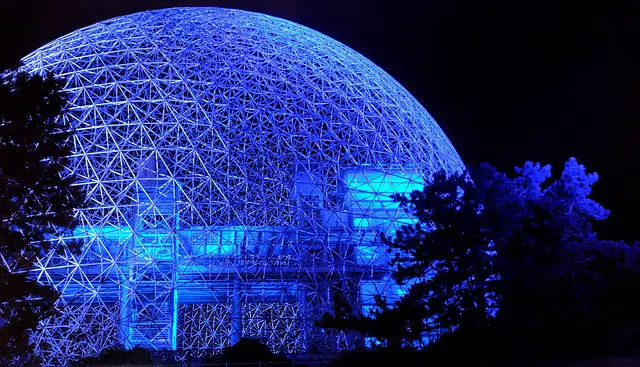
There are few things as fun on a playground as climbing up a geodesic dome jungle gym.
Geodesic domes also form the basic structure of many hemispherical buildings around the world including museums, sports stadiums, and luxury hotels.
Geodesic domes consist of several triangles of the same shape and size arranged side by side to create a hemispherical structure.
The triangles must be the same size and shape not only to achieve the rounded shape, but also to ensure that even distribution of weight.
6. Food Slices

You can find several examples of congruent triangles when you observe the food on your plate.
Two equal halves of a grilled cheese sandwich cut diagonally form congruent triangles.
Slices of a round cake or pie form congruent triangles when all slices are cut equally.
Slices of pizza in a pizza box and those Laughing Cow cheese triangles are all congruent triangles.
7. Pitch Roof Trusses
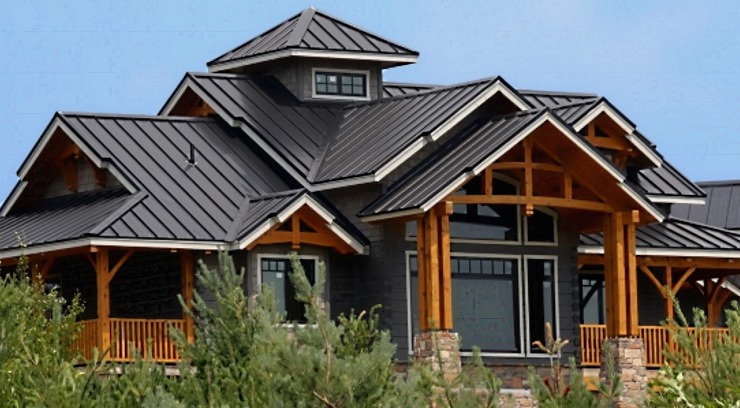
Roof trusses are those structures that are constructed to support the roofing material.
Roof trusses for pitch roofs are constructed in triangular shapes.
Several roof trusses are used to support a roof in any given construction.
These roof trusses are the same size and shape. They can therefore be considered as congruent to each other.
8. Triangular Bookends

Bookends are a common feature in homes and offices. They enable us to keep books upright on shelves or other surfaces.
Triangular bookends are especially popular as they are stable.
Although the pair of triangles used as bookends face opposite directions when placed on either end of the row of books, they are still the same shape and size.
They are therefore congruent to each other.
9. Umbrella Frames

Umbrellas frames consist of triangles of the same size that meet at their tips. The triangles are formed by the frame when the umbrella is opened fully.
The triangles that form the frame of the umbrella must be the same shape and size to form a rigid structure.
These congruent triangles are what make it possible to achieve the dome-like shape of the umbrella.
They also ensure even distribution of forces from the elements such as strong winds and keep your umbrella intact.
10. Quilts
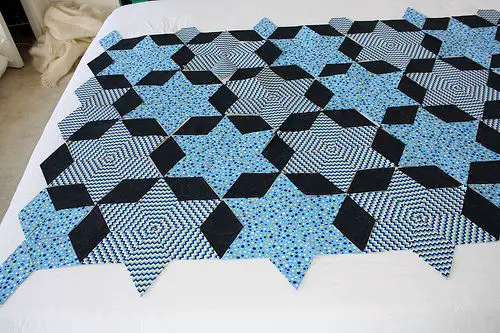
Quilters often use triangles to make intricate designs. They start with a template and use it to cut the fabric to the size and shape that suits their design.
Quilts may therefore feature triangles of the same size and shape arranged in different orientations to achieve beautiful patterns and designs.
Although these triangles face different directions, they are congruent to each other.
Closing Thoughts
There you have it; ten amazing examples of congruent triangles in real life.
As you can see, congruent triangles are all around us.
You can find them in the most magnificently designed buildings or the mundane day-to-day items like those pizza slices.
You simply need to open your eyes and look.


